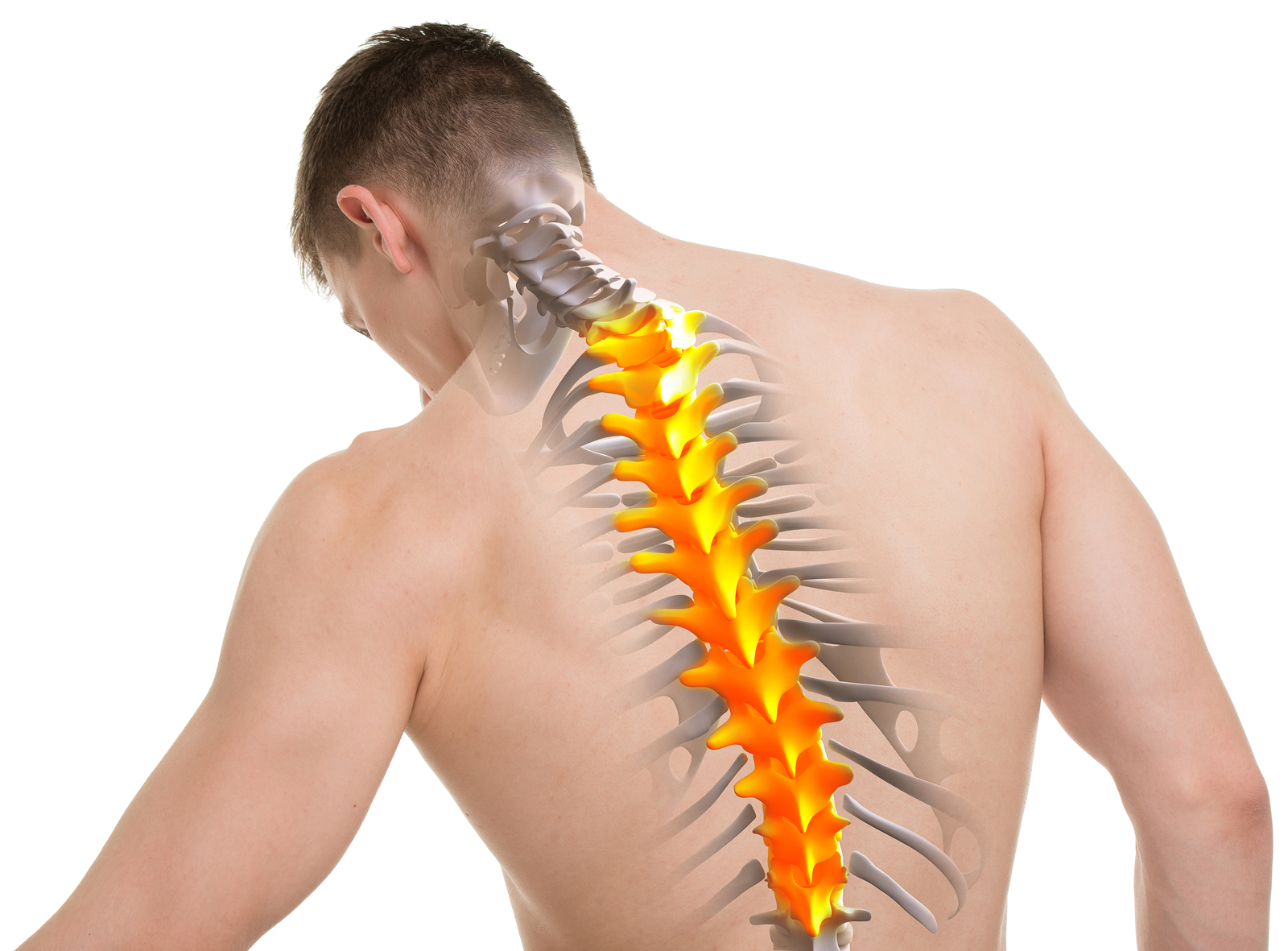
Spinal manipulation (SM) can trigger a cascade of responses involving multiple systems, including the sympathetic nervous system and the endocrine system, specifically, the hypothalamic-pituitary axis. However, no manual therapy study has investigated the neuroendocrine response to SM (ie, sympathetic nervous system-hypothalamic-pituitary axis) in the same trial. The objective of this study was to determine short-term changes in sympathetic nervous system activity, heart rate variability, and endocrine activity (cortisol, testosterone, and testosterone-cortisol [T/C] ratio) following a thoracic SM.
Twenty-four healthy men aged between 18 and 45 years were randomized into 2 groups: thoracic SM (n = 12) and sham (n = 12). Outcome measures were salivary cortisol (micrograms per deciliter), salivary testosterone (picograms per milliliter), T/C ratio, heart rate variability, and changes in oxyhemoglobin concentration of the right calf muscle (micromoles per liter). Measurements were done before and at 5 minutes, 30 minutes, and approximately 6 hours after intervention.
A statistically significant group-by-time interaction was noted for T/C ratio (P<.05) and salivary cortisol (P<.01) concentrations. Significant between-group differences were noted for salivary cortisol concentration at 5 minutes (mean difference, 0.35; 95% confidence interval: 0.12, 0.6; interaction: P<.01) and for T/C ratio at 6 hours postintervention (mean difference, -0.09; 95% confidence interval: -0.16, -0.04; P = .02). However, SM did not differentially alter oxyhemoglobin, testosterone, or heart rate variability relative to responses in the sham group.
Thoracic SM resulted in an immediate decrease in salivary cortisol concentration and reduced T/C ratio 6 hours after intervention. A pattern of immediate sympathetic excitation was also observed in the SM group.
No comments:
Post a Comment